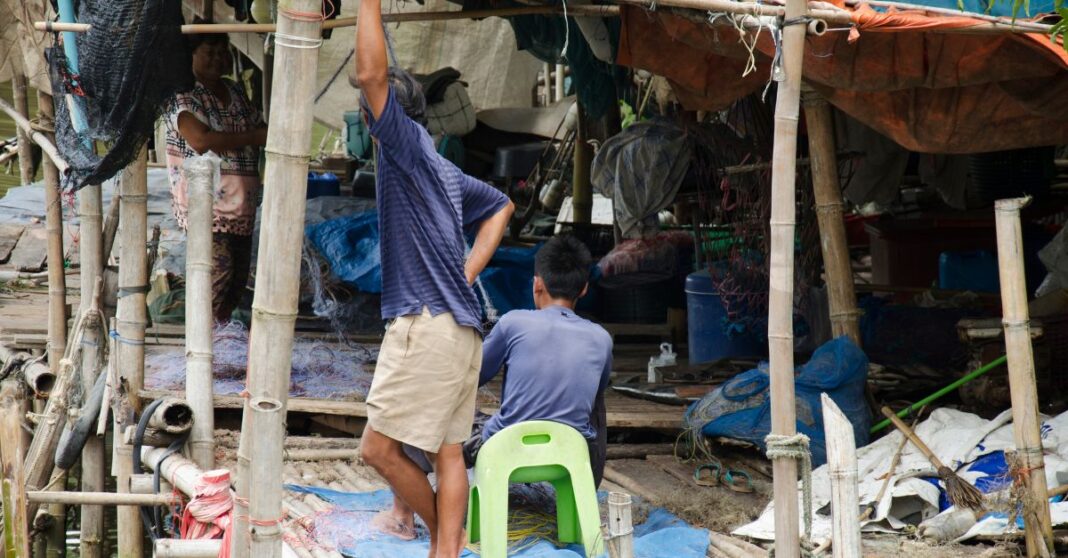Following unsustainable external debt ratios and challenging future debt repayments, Credendo, a European credit insurance group, has downgraded Laos from category 6/7 to the highest category of 7/7 for MLT (Medium and Long-term) political risk rating.
The downgrade comes after Laos’ public finances sharply worsened due to the impact of the Covid-19 pandemic and the fallout of the Russia-Ukraine war. Public debts shot up from 69% of GDP in 2021 to 128.5% in 2022. As a result, interest payment charges are above 25% of government revenues, compared to under 10% in 2019.
The size of the public (government) debt deterioration is largely explained by the collapse of the LAK, which lost up to 90% of its value against the USD between September 2021 and May 2023. Also, insufficient public revenues have played a crucial role as they amounted to an average of only 12.5% of GDP from 2020-2022.
The ripple effect of the Russia-Ukraine war is visible through macroeconomic monitors in the country. GDP growth was stable in 2022 at 2.3%, whereas inflation soared to 38.8% in May 2023 due to heavy reliance on imports, especially oil.
Laos also faces higher costs of living and a shortage of basic goods due to costly imports since last year. Additionally, since 2011, decreasing foreign exchange reserves have stood at a chronically low figure of just six weeks of imports, according to official data from December 2022.
The ongoing economic turmoil is also enhanced by a very challenging debt service, which is forecasted to amount to at least two times the amount of foreign reserves in the coming years. Without multilateral support, Laos will have to entirely rely on its most important creditor, China, which owns half of Laos’ external public (government) debt, to service its debt, according to Credendo.
However, development from higher exports of goods like minerals and hydropower electricity shines a positive outlook for Laos. China’s re-opening will also contribute to a rebound in Chinese investments, along with boosting Laos’ tourism sector, which accounts for 13% of public revenues.
A combination of an extended debt moratorium (as in 2020-2022), new loans, and debt-for-equity deals could also assist Laos until debt restructuring is done to restore MLT debt sustainability.



